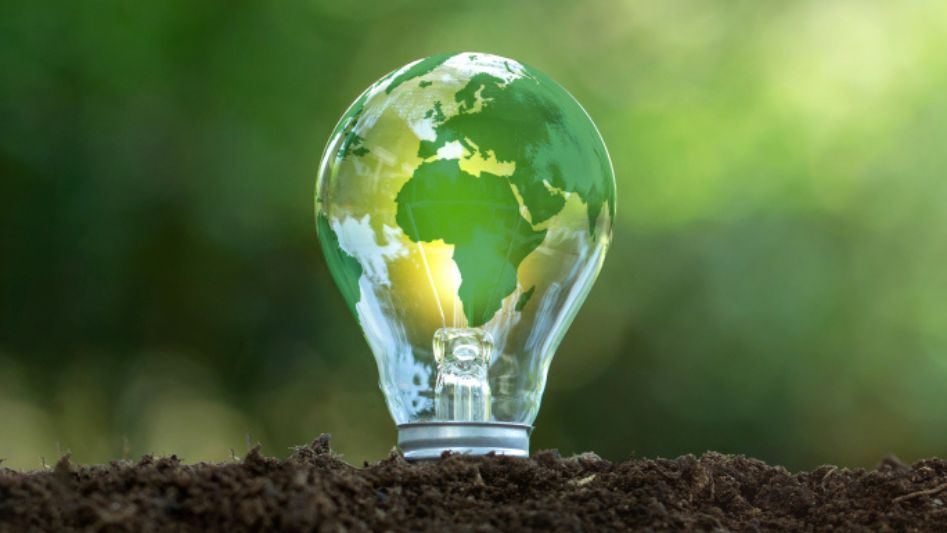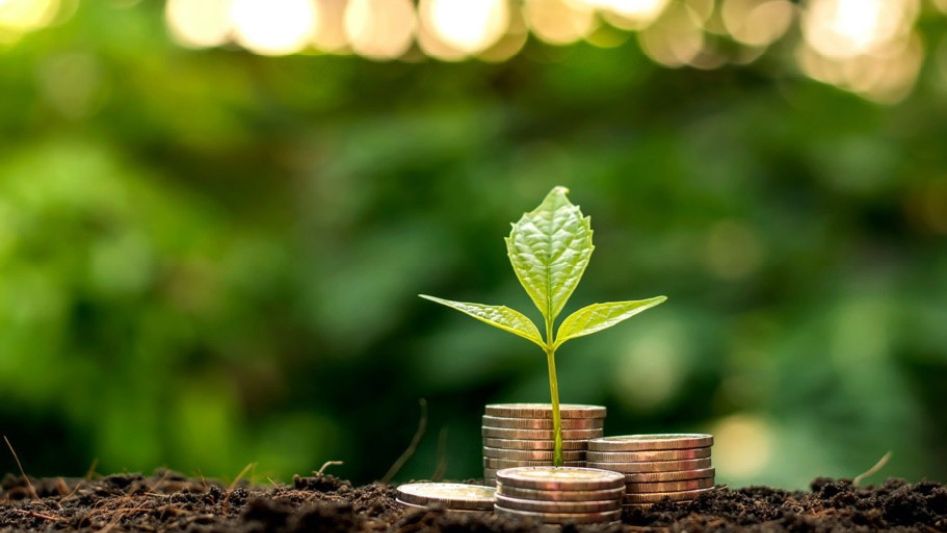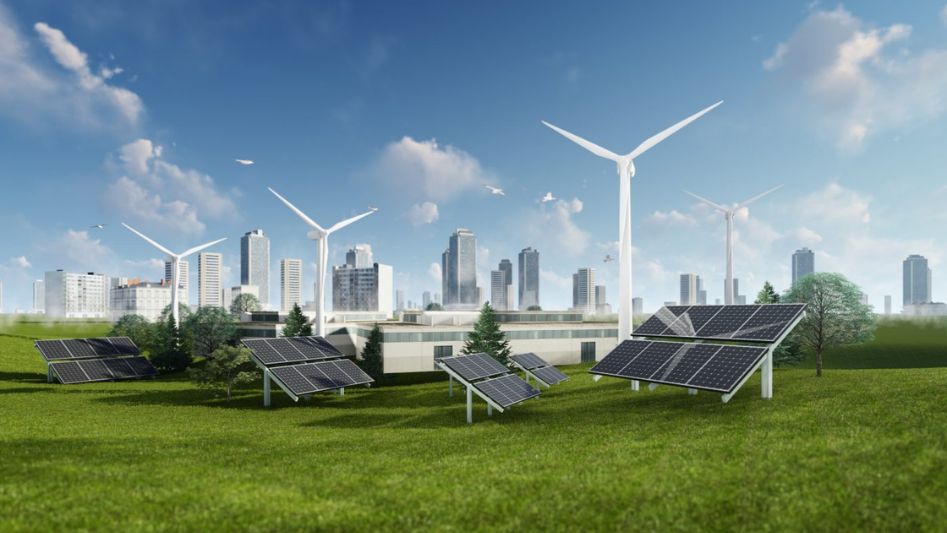The world is at a critical juncture when it comes to energy consumption and its impact on the environment. As concerns about climate change and dwindling fossil fuel reserves grow, the need for sustainable energy sources becomes increasingly urgent. In this article, we will delve into the economics of green energy and explore why investing in a sustainable future is not only environmentally responsible but also financially sound.
Table of Contents

The Rise of Green Energy
Over the past few decades, the world has witnessed a remarkable shift towards renewable energy sources. Solar, wind, hydro, and geothermal power are becoming increasingly popular as nations recognize the importance of reducing carbon emissions and transitioning to cleaner alternatives. This transition is driven by a combination of factors, including technological advancements, government incentives, and public demand for sustainable solutions.
Harnessing the Power of the Sun
Solar energy is one of the most abundant and readily available sources of renewable energy. Photovoltaic (PV) panels convert sunlight into electricity, offering a clean and reliable source of power. The Economics of Green Energy: Investing in a Sustainable Future has led to significant advancements in solar technology, making it more efficient and cost-effective than ever before.
The Wind of Change
Wind energy has also gained traction as a viable alternative to fossil fuels. Wind turbines harness the power of the wind to generate electricity, providing a renewable and emissions-free energy source. With advancements in turbine design and manufacturing, the cost of wind energy has dropped significantly, making it competitive with traditional energy sources in many regions.
Tapping into Hydropower
Hydropower, generated by capturing the energy of flowing or falling water, has long been utilized as a renewable energy source. Dams and hydroelectric power plants can produce large amounts of electricity, providing a reliable and consistent energy supply. The Economics of Green Energy: Investing in a Sustainable Future emphasizes the need to explore the potential of hydropower and expand its utilization.
Geothermal Energy: Unleashing Earth’s Heat
Geothermal energy taps into the natural heat stored within the Earth to generate power. By harnessing the steam or hot water trapped beneath the Earth’s surface, geothermal power plants produce electricity with minimal greenhouse gas emissions. Although geothermal energy is not as widely adopted as solar or wind energy, it holds great potential for further development and utilization.

The Benefits of Investing in Green Energy
Investing in green energy offers a myriad of benefits, ranging from environmental to economic advantages. Let’s explore some of the key reasons why individuals, businesses, and governments should consider embracing sustainable energy solutions.
Mitigating Climate Change
One of the primary drivers behind the push for green energy is the need to address climate change. Burning fossil fuels releases carbon dioxide and other greenhouse gases into the atmosphere, contributing to global warming. By shifting to renewable energy sources, we can significantly reduce carbon emissions and mitigate the impacts of climate change.
Energy Independence and Security
Relying heavily on imported fossil fuels can pose risks to a nation’s energy security. The Economics of Green Energy: Investing in a Sustainable Future encourages countries to develop their renewable energy infrastructure, reducing dependence on foreign oil and gas. This shift towards energy independence enhances national security and minimizes vulnerability to price fluctuations and geopolitical tensions.
Job Creation and Economic Growth
Investing in green energy infrastructure stimulates economic growth and creates employment opportunities. The renewable energy sector has seen significant job growth in recent years, offering a wide range of career prospects, from manufacturing and installation to research and development. The Economics of Green Energy: Investing in a Sustainable Future leads to the revitalization of local economies and the generation of new industries and businesses.
Cost Savings and Price Stability
Contrary to popular belief, green energy is becoming increasingly cost-competitive with conventional energy sources. The Economics of Green Energy: Investing in a Sustainable Future drives technological advancements and economies of scale, resulting in lower production costs for renewable energy technologies. Additionally, renewable energy sources benefit from stable or even decreasing prices, reducing the volatility associated with fossil fuel markets.

Conclusion
Investing in the economics of green energy is a wise decision for both the planet and our financial well-being. The Economics of Green Energy: Investing in a Sustainable Future presents an opportunity to combat climate change, reduce reliance on fossil fuels, create jobs, and stimulate economic growth. By embracing renewable energy sources and supporting sustainable practices, we can pave the way for a cleaner, greener, and more prosperous future.
FAQs
Is green energy more expensive than traditional energy sources?
While the upfront costs of green energy infrastructure may be higher, the long-term economic benefits outweigh the initial investment. As technology improves and economies of scale are achieved, the cost of renewable energy continues to decline, making it increasingly competitive with traditional energy sources.
Can renewable energy sources provide a reliable power supply?
Yes, renewable energy sources can provide a reliable power supply when properly integrated into the energy grid. Advances in energy storage technologies, such as batteries, allow for the storage of excess renewable energy during periods of high production, ensuring a consistent power supply even when the sun isn’t shining or the wind isn’t blowing.
What role can individuals play in promoting green energy?
Individuals can make a significant impact by adopting energy-efficient practices, such as using energy-saving appliances, insulating their homes, and opting for renewable energy providers.
You May Also Like
- A SUSTAINABLE FUTURE: HOW GREEN ENERGY IS CHANGING THE WORLD
- THE IMPORTANCE OF SUSTAINABLE BUILDING DESIGN FOR A GREEN FUTURE
- SUSTAINABLE AGRICULTURE: HARNESSING GREEN ENERGY FOR FOOD PRODUCTION
- THE ADVANTAGES OF ENERGY STORAGE FOR A SUSTAINABLE FUTURE
- THE FUTURE OF TRANSPORTATION: ELECTRIFICATION AND SUSTAINABLE MOBILITY
